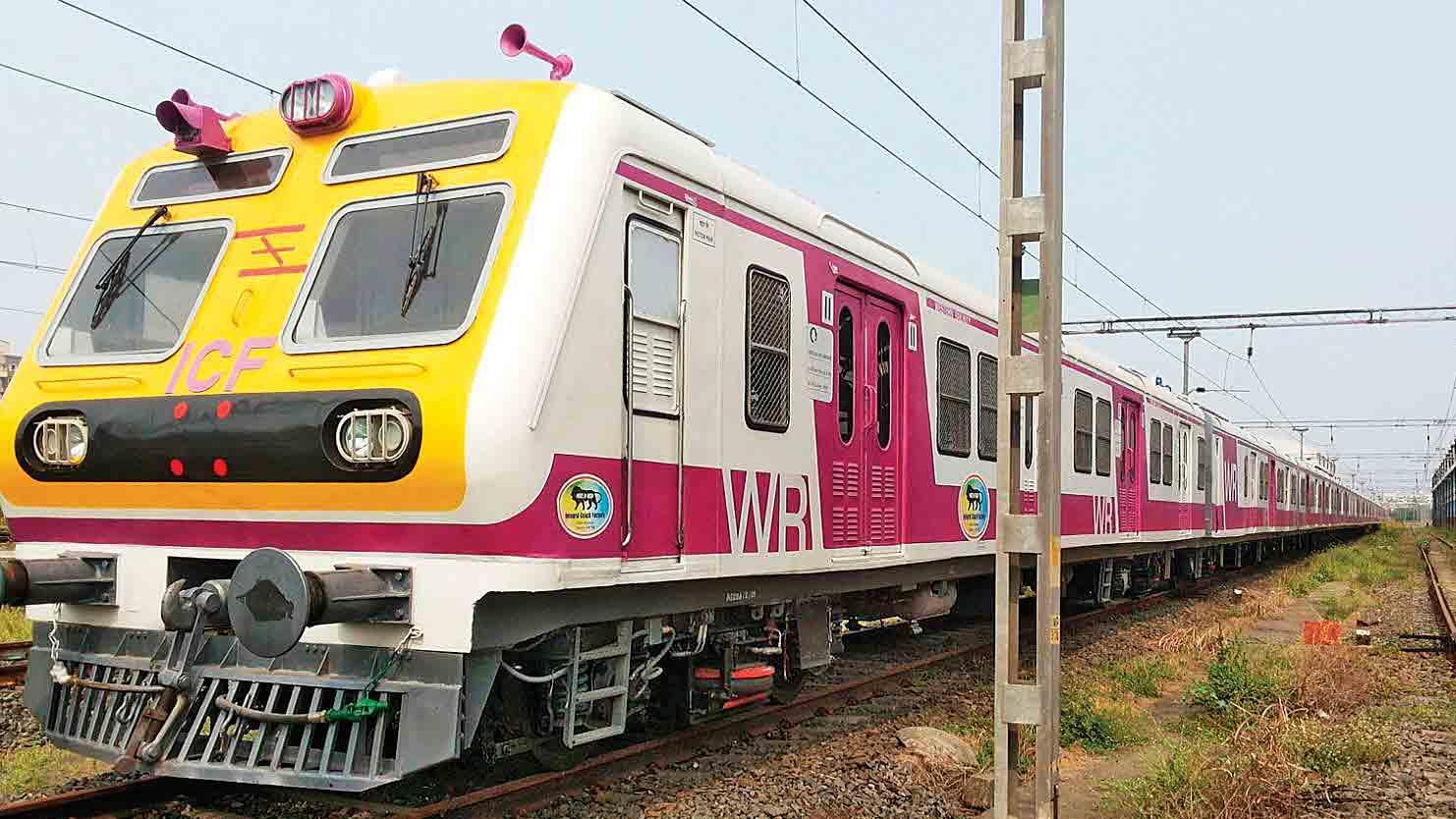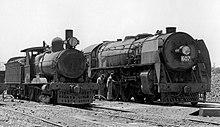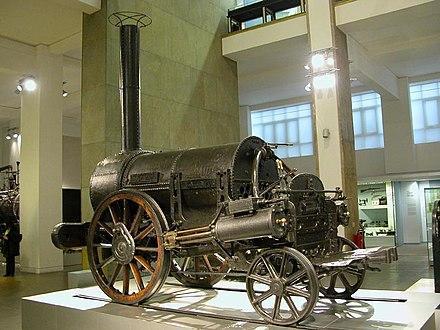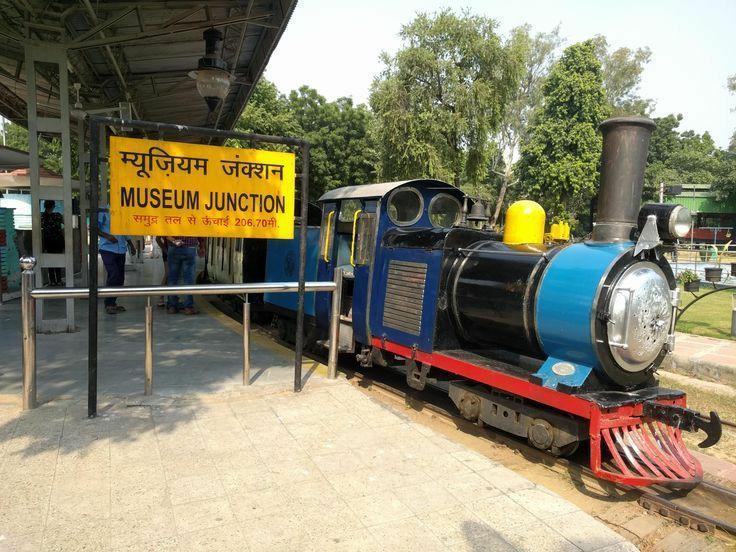#17 The Rajdhani Express: Connecting Major Cities at High Speeds (Indian Railways Series)
Photo: India TV News Rajdhani Express: India’s High-Speed Track to the Future The Rajdhani Express is one of India’s premium train services, connecting Delhi to major cities at high speeds. Introduced in 1969, these prestigious trains ushered in a new era of fast, comfortable long-distance travel in the country. Need for Speed In the 1960s, journey times were long, as most trains averaged just 45-50 kmph. There was a demand for faster services. The fact is that the fastest trains back then took over 24 hours to cover less than 1500 km between Delhi and Howrah? The Railways decided to launch new trains modeled on Europe’s express services. The goal was to connect Delhi to state capitals at 100+ kmph. You’ll be shocked to know the first Rajdhanis could hit a top speed of 140 kmph, making them the fastest in India then. Modern amenities What set the Rajdhani apart was its modern amenities and efficient service. These all-AC trains offered comfortable reclining chairs, curtains, fans, lighting and toilets. Not only that, Rajdhanis were fully reserved trains with pantry cars serving hot veg meals on linen and crockery. Travel was now luxurious. The coached were built at the Rail Coach Factory Kapurthala to the highest standards. No effort was spared to make Rajdhanis a premier travel experience. Rollout and Impact The first Rajdhani between Delhi and Howrah launched in March 1969, cutting travel time to just 17 hours. Over the years, more Rajdhani routes were added connecting Delhi to Mumbai, Chennai, Gauhati, Thiruvananthapuram and more. Rajdhanis became extremely popular and a symbol of modernization. State governments competed to get Rajdhani connection as it meant high prestige. With their speed and efficiency, Rajdhanis heralded new standards for long-distance trains in India. They motivated the development of better tracks, coaches, and operations. Gaining Momentum Over the decades, Rajdhani Expresses has continued to incorporate the latest technologies – stronger engines, safer braking systems, and automatic doors. The record time has been reduced to just 12 hours 30 minutes between Delhi and Howrah! Average speeds now touch 130-140 kmph. Rajdhanis also boast enhanced comforts like flat-screen TVs, WiFi, location updates, hygienic onboard meals, and personalised service. Legacy From just one train in 1969, there are over 20 prestigious Rajdhani routes today connecting important state capitals and cities to Delhi. Over the decades, Rajdhanis has remained a mark of efficient, comfortable long-distance travel. They connect far-flung parts of India and boost business and tourism. The Rajdhani Express ushered India into the elite club of nations offering high-speed rail connectivity. It remains the train of choice for business travelers and a powerful symbol of a modern nation on the fast track to progress. Source-









